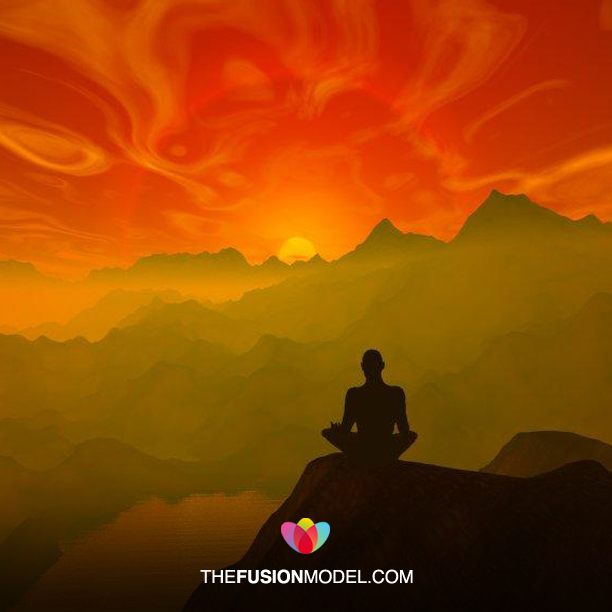In the programme Diana, 7 Days aired on BBC1 on 27th August 2017, Prince William says:
‘I think one of the hardest things to come to terms with is the fact that the people that chased her through the tunnel were the same people taking photos of her, while she was still dying on the back seat of the car.’
It’s an unsettling thought. Why would a group of people snap photographs rather than do what most of us would do instinctively, try to help?
Empathy
Mirror neurons in the human brain allow us to empathically connect with the feelings of another human brain. When we witness pain or distress in another, we feel concern. A part of us registers that pain as if it were our own.
In other words, when you cry, I feel sad and I may cry too.
Human beings are capable of extraordinary acts of compassion and kindness. It is natural for us to want to help each other. Social bonding and instinctive altruism ensure the greater welfare of the wider group.
So what happened in the tunnel in Paris on 31st August 1997 when, as Diana lay dying on the back seat of a Mercedes, a group of men crowded round her, not to help, but to get pictures?
The clue may come in the word ‘group’.
Tribalism
To the paparazzi who regularly pursued Princess Diana in the months and years before her death, she was not one of ‘us’, she was one of ‘them’. In an uncannily predictive article published in the Independent months before her death, journalist Marianne Macdonald, wrote:
‘Diana probably sees more of the five or six paparazzi who follow her almost daily than of her ex-husband or sons. They are as much a part of her life as her workouts or her trips to Harvey Nichols. Like a fatal disease, they will be with her until death.’
She continues:
‘It is chilling to hear the slang the paparazzi use for photographing Diana. To take a number of pictures is to “hose her down”. They also “blitz her”, “target her” and “whack her”. To do this they stick their cameras right in her face. Another tactic is baiting her so that she gets angry and they get better, more lucrative photographs.’
Disconnection
Diana had become ‘The target’. They use the language of the hunter and Diana was their prey.
Something else happens when we look at life though a lens. We feel disconnected. We are removed one step from reality. It’s a mechanism we use to protect ourselves from trauma. It’s called ‘dissociation’ in my business.
And research shows, the more people who are witness to an incident, the less likely anyone is to take action. Everyone assumes someone else will do something. It’s called ‘diffusion of responsibility’ or the bystander effect.
A fatal prediction
Whatever happened that night in the Parisian tunnel, it’s certainly a tragic example of absence of humanity.
Macdonald’s article outlined a previous bumper to bumper car chase between the Princess’s and a photographer’s car that topped 120mph. Her concluding statement would prove to be chillingly accurate:
‘This is not an isolated incident. The book suggests that Diana has often jumped lights and broken speed limits in a bid to escape her tormentors. They have then done the same. If this harassment continues, her story could no longer just end in tears.
Someone could die, and it might not be a paparazzo.’




